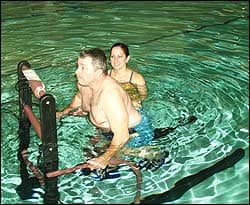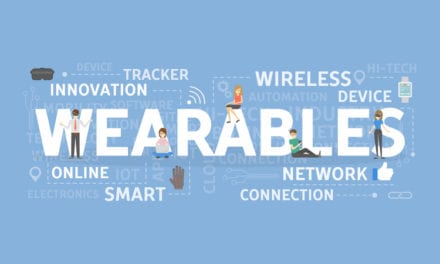Physicians at the Cleveland Clinic are in the process of identifying an initial patient that will signal the launch of a human trial that gages how effectively deep brain stimulation (DBS) helps recover function among individuals affected by stroke. Study subjects affected by ischemic stroke will be the focus of the trail.
A recent article published at time.com reports that the central technology for the procedure consists of small electrodes that will be placed on parts of the brain that issue communications with the damaged region and surrounding areas. The electrodes will send small electric impulses to stimulate the brain and, by extension, provide a jump-start to the recovery process. The aim of the process is to enable patients implanted with the device to achieve a greater level of control as they undergo standard rehabilitation therapy.
Dyskinesia associated with Parkinson’s disease has been improved with the use of DBS, according to the Cleveland Clinic’s news site. Though encouraging, there are differences between stroke and Parkinson’s that the trial’s leader, Andre Machado, MD, PhD, says could cause the new application for DBS to fall short.
“The big difference is that when we are treating the motor symptoms of Parkinson’s disease, we’re trying to make the symptom, like a tremor, go away,” Machado states in the time.com article. “When we are treating stroke, we are really trying to make movement come back. There is something inherently different about that.”
Using DSB to amplify the effects of physical therapy is how Machado says he ultimately sees it being used in stroke rehabilitation, according to the time.com report.
[Sources: time.com, myclevelandclinic.org]





